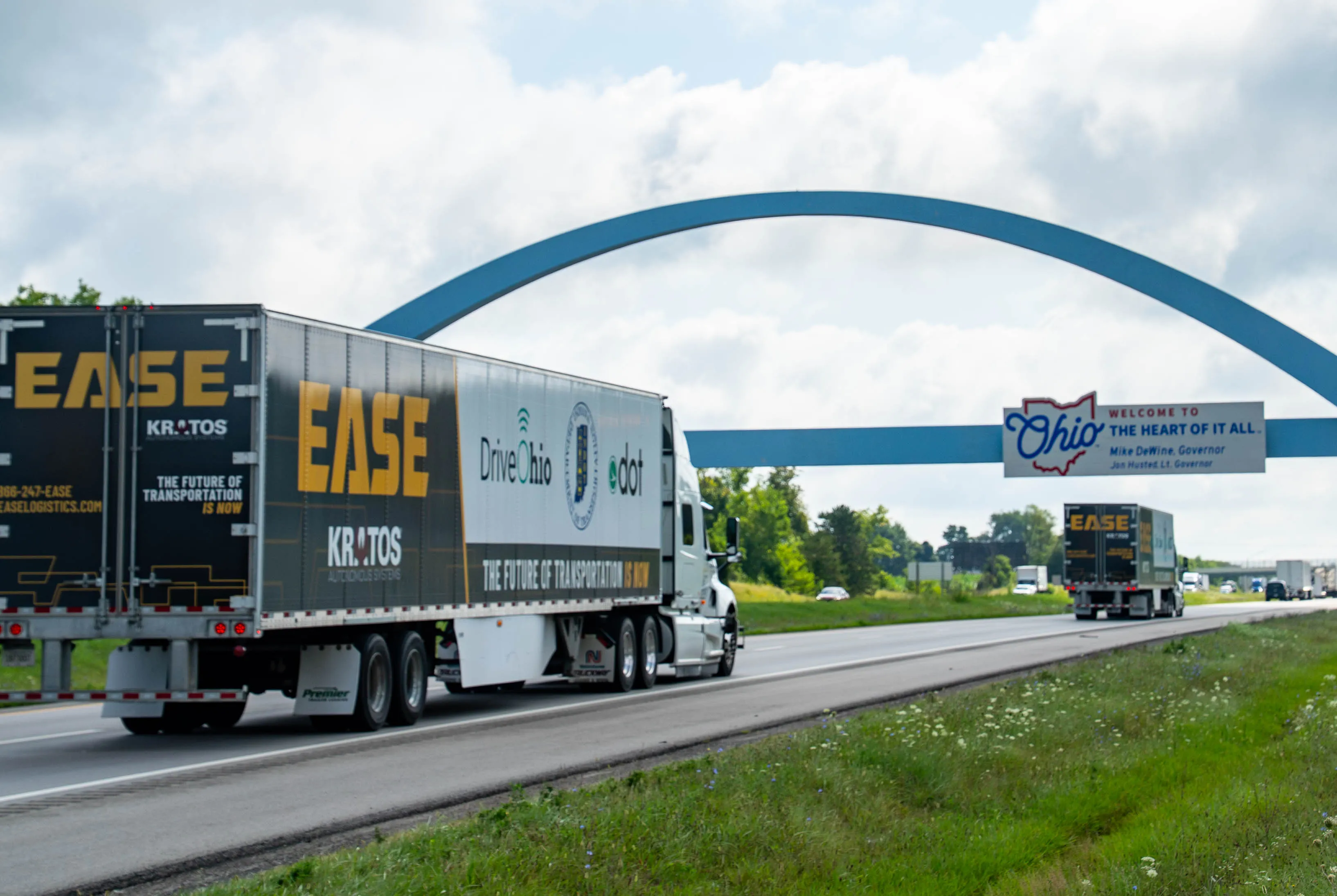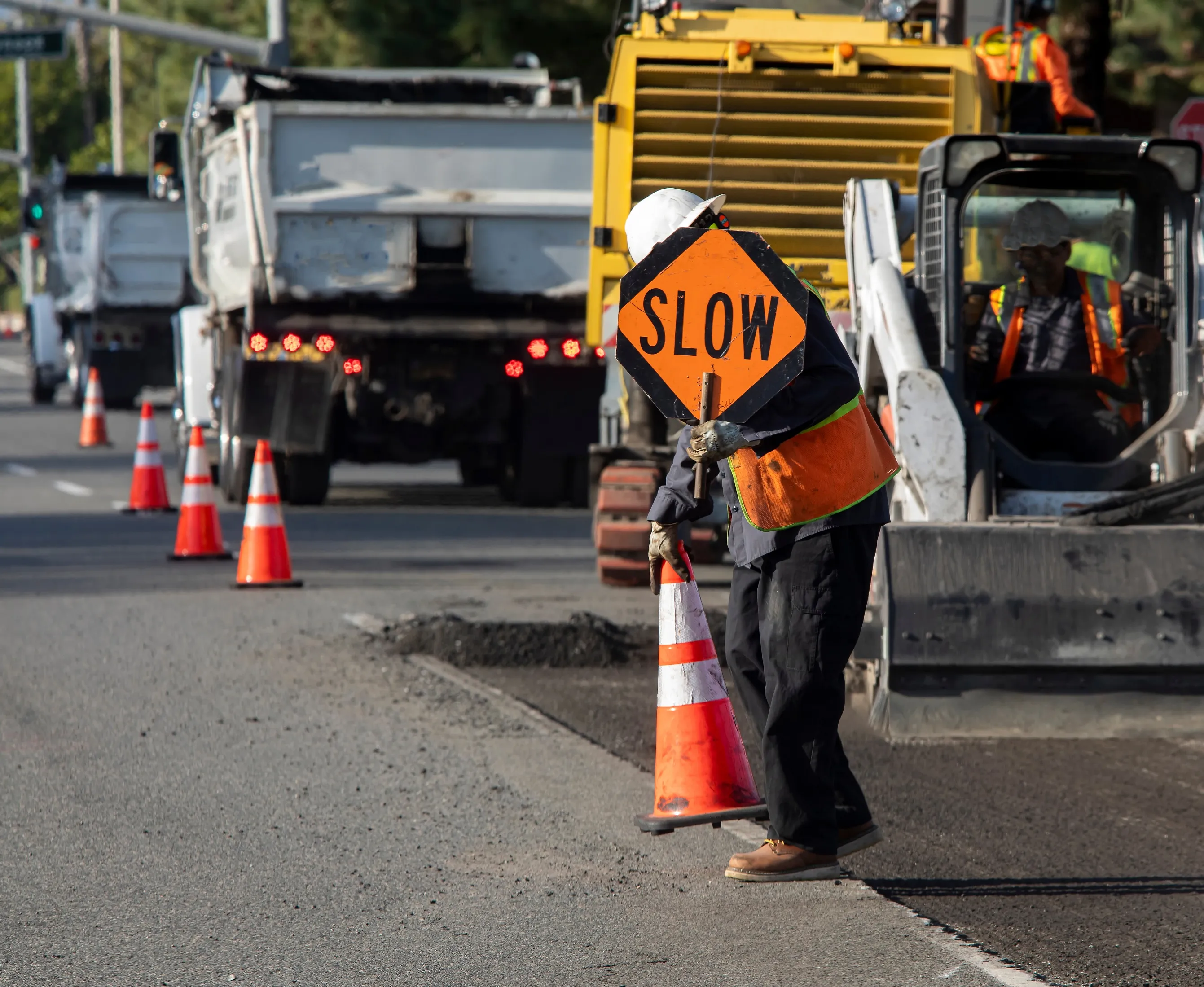
Trucks with automated platooning technology are operating between Ohio and Indianapolis in the US as part of a multi-year, $8.8 million logistics pilot.
The two tractor-trailers are using I-70 between Columbus and Indianapolis - with human drivers who can override the technology if needed - delivering shipments for Ease Logistics.
It is a collaboration between Ohio Department of Transportation (ODoT)’s DriveOhio initiative and Indiana DoT (InDoT) "to advance the adoption of truck automation technologies in the logistics industry across the Midwest".
Funded in part by a grant from the U.S. Department of Transportation, this project aims to deploy varying levels of automation and integrate these technologies into truck fleets’ daily freight-hauling operations. Later this year, ODOT and INDOT will release a Request for Proposals for additional deployments of automated trucks in Ohio and Indiana.
“We’re committed to reducing deaths on our roadways and vehicle automation technologies can be part of the solution,” said ODoT director Pam Boratyn.
“Many vehicles on the road today have some degree of automated driving systems including adaptive cruise control, lane keep assist and automatic braking. All of these features are designed to improve safety and reduce driver stress.”
Harnessing truck automation technology is one of many safety efforts underway, said InDoT commissioner Lyndsday Quist: “In partnership with Ohio, our goal is to create a safer, lower-stress environment for all drivers.”
The Ease Logistics trucks are equipped with platooning technology provided by Kratos Defense that electronically links the two vehicles.
The driver of the lead vehicle controls the speed and direction of the second truck, which means it can precisely follow the path of the leader. At some points on the I-70, the second truck will automatically steer, accelerate, and brake.
The trucks are equipped with cameras and sensors for object detection, and they have a purple light illuminated on the cab when they’re in platooning mode to alert law enforcement agencies that they are digitally connected.
Maynard Factor, Kratos VP of business development, says: “This project offers a real-world opportunity to demonstrate how proven automated driving systems can increase safety, strengthen supply chain resilience, and ensure economic vitality."
The pilot will, among other things, enable researchers to see how AV technology copes with adverse weather conditions on the highway.
"This marks a significant step forward in bringing scalable, next-generation automation to the industries that keep the nation moving," Factor says.










